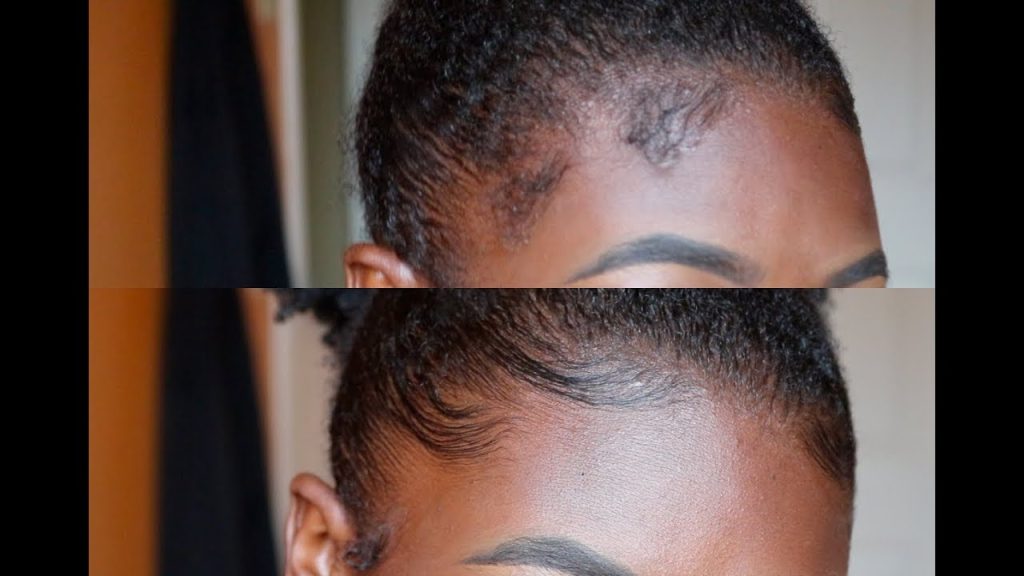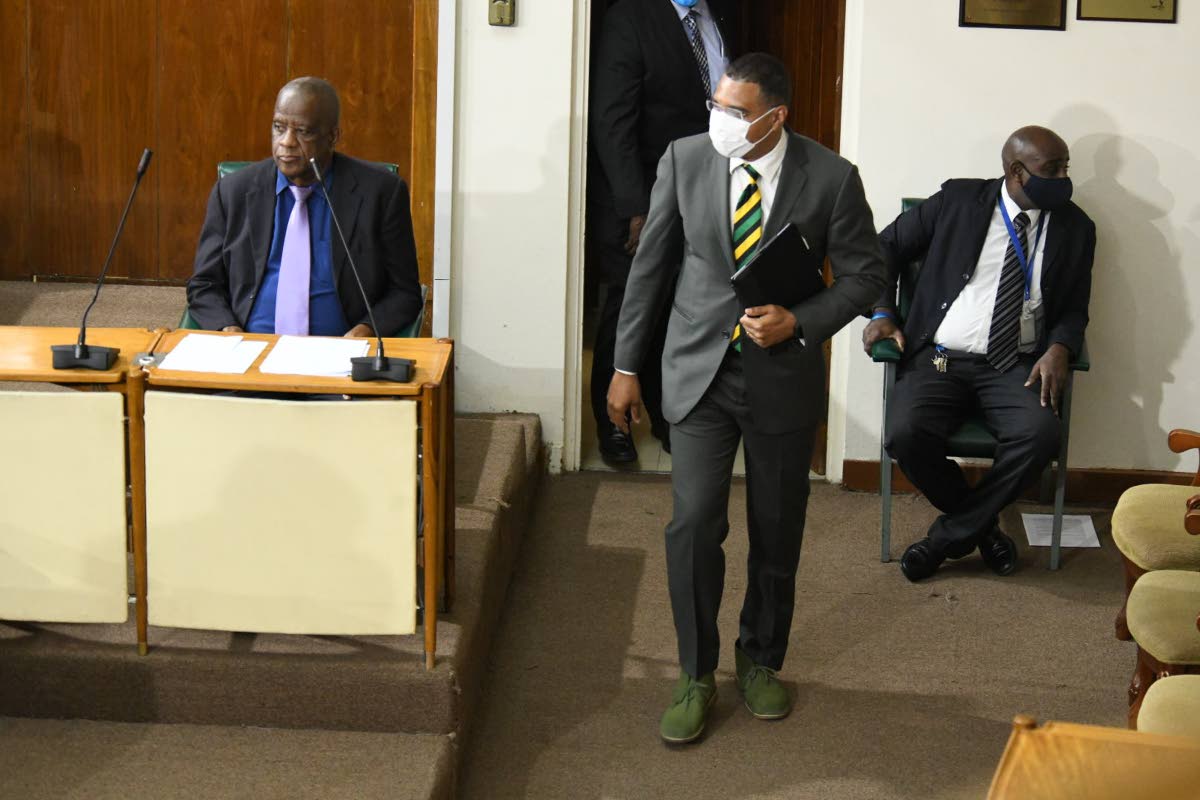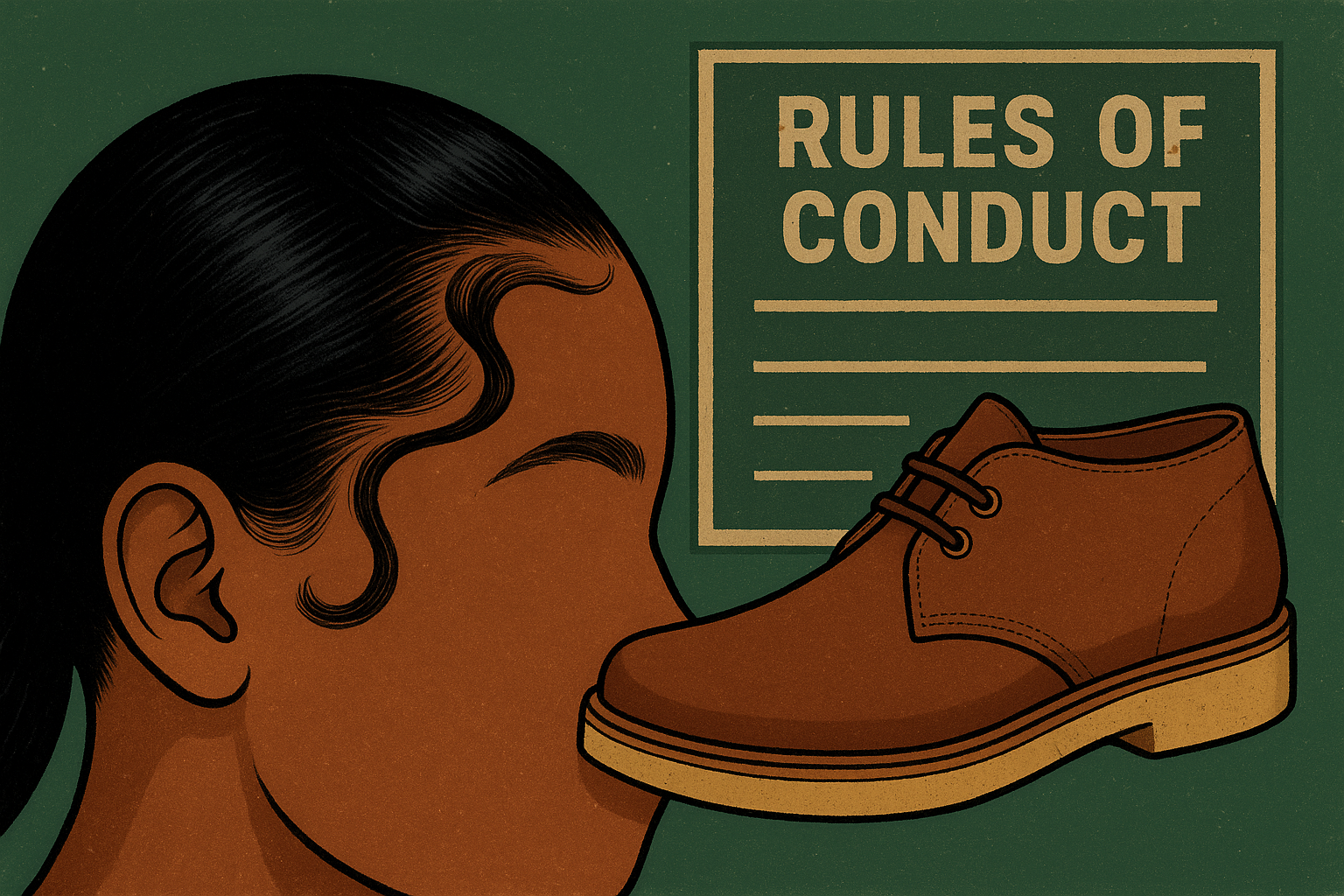Editor’s Note
At Writes and Kulcha, we welcome voices that challenge, question, and expand how we think about culture and community. Our very first contributed thinkpiece comes from acclaimed communications specialist and lecturer Coleen Douglas, who brings her sharp eye for culture, power dynamics, and education to the debate on school rules and student success.
And it lands on my birthday, to boot!
The St. Andrew High School for Girls recently announced a ban on “edges” that has quickly caught fire on social media, sparking conversations about discipline, culture, and what schools should truly prioritise. Their principal’s comment – “curtains are for home” may have been intended to add a little humour to the situation, but may have landed as dismissive, turning a hairstyle into a punchline and leaving students feeling belittled.

Rules around hair and appearance in Jamaican schools are not new. They are often defended as lessons in discipline, respectability, and preparation for professional life.
But Black hair carries layers of meaning, rooted in culture, identity, and history.
When schools police it too harshly, it echoes something deeper: the legacies of slavery and colonial structures that sought to control and “tame” Black bodies. These rules may appear neutral, but they often reproduce old hierarchies about whose appearance is acceptable and whose must be corrected.
The issue here is not just about hair. It is about power, about identity, and the struggle to move past colonial notions of order and respectability.
The ‘Social’ Debate
Social media provides students, parents, and the public a space to push back when they feel institutions are out of touch or unwilling to listen. For the most part, schools still communicate in a one-way, top-down manner —rules are handed down with little room for dialogue. Ironically, while schools often try to restrict students’ use of phones and social media, it is these very platforms that become the channels through which students voice dissent, share their lived realities, and set the terms of public debate.
In this sense, social media doesn’t just amplify complaints – it shapes the agenda, forcing schools and traditional media alike to respond to issues they might otherwise dismiss as “minor”.
Clarks for school…Clarks for culture
Calabar High School’s decision to ban students from wearing Clarks is a little less loud in the conversation, but I’m mentioning it here. For some Jamaicans, Clarks are more than just footwear; they carry layers of cultural meaning, tied to music, style, and social identity. To ban them in schools may be an attempt to distance students from working-class and street cultures, reinforcing a narrow idea of what respectability should look like. At the same time, schools often defend these rules as being about equality. Clarks are expensive, and administrators argue that allowing them can create divisions between students who can afford them and those who cannot.

Ironically, the Jamaica Labour Party chose Clarks as part of their party dress aesthetics, from the Prime Minister to Annmarie Vaz. This is the hypocrisy I cannot handle; it is a cultural expression for some at the highest levels, but problematic when worn by young men. Why ban a type of shoe?
Clarks are more than a fashion statement; they are strong shoes that outlast most others, so I understand why some parents invest. Yes, style plays a role for some, but quality matters too—I’ve bought the more expensive school gear myself. My child has carried the same Kipling bag for over three years, and while it cost more upfront, the durability meant I didn’t have to keep replacing it.
The real issue – under-performance
The bigger contradiction is still staring us in the face.
Why do we obsess over hair and uniforms while so many students fail their CSEC exams?
Jamaica’s education crisis is not about hair, tight pants, or Clarks; it’s about ignoring non-traditional schools, under-resourced classrooms, struggling, under-performing teachers, and low pass rates in CSEC. Perhaps we should devote the same energy to learning outcomes as we do to grooming codes; the conversation would look quite different.
Principles over Panic
The controversies over edges at St. Andrew High School and Clarks at Calabar High are not isolated incidents—they reveal a larger pattern in how schools enforce rules. Too often, institutions respond to problems ad hoc, creating policies that address a specific fear or incident rather than consistent principles. One week, students can’t hold hands because of a vague fear of lesbian behaviour; another, skirts must be long because of “sexually deviant” conduct on buses. Clarks are banned because they’re supposedly elitist or ghetto, and edges because students “waste time” in the bathroom.
These reactive rules treat symptoms, not the system.
The true measure of school success
I am in a group with school leaders who all seem to share the opinion that students are inherently lawless and need to be contained. Listening to that mindset is perhaps even more unfortunate than any individual rule or ban, because it reduces students to a problem to be managed, rather than young people to be guided. Authority is framed purely as control, with little or no room for dialogue or understanding. This approach risks teaching obedience over critical thinking and compliance over confidence, creating a school culture where fear and restriction overshadow curiosity and growth.
At the end of this nine-day wonder, the true measure of student/school success is not just controlling the body… The body is not separate from the brain. When we inhibit self-expression through the body, we also inhibit the mind. What affects one inevitably affects the other.
When authority is framed purely as control, dialogue, curiosity, and growth are sidelined, leaving fear and restriction to dominate school culture. Social media becomes the outlet for students and parents to push back because traditional communication channels feel one-way and unresponsive.
The lesson is clear: schools cannot simply react to the problems of the day. Policies should be guided by thoughtful, consistent principles that respect students’ dignity, culture, and intellect—not by fear, ad hoc panic, or fleeting incidents. Only then can discipline coexist with learning, and order serve as a framework for growth rather than a cage for expression.

About the Author
Coleen Douglas is a marketing lecturer at the University of Technology, Jamaica, and founder of Reggae Rituals, where she curates cultural events and facilitates discourse on reggae and culture.
A seasoned publicist and acclaimed communications specialist, she is a notable fixture in the cultural and creative industries, working across education, media, and the arts to shape conversations on identity, equity, and cultural policy in Jamaica, the Caribbean, and beyond.
###

